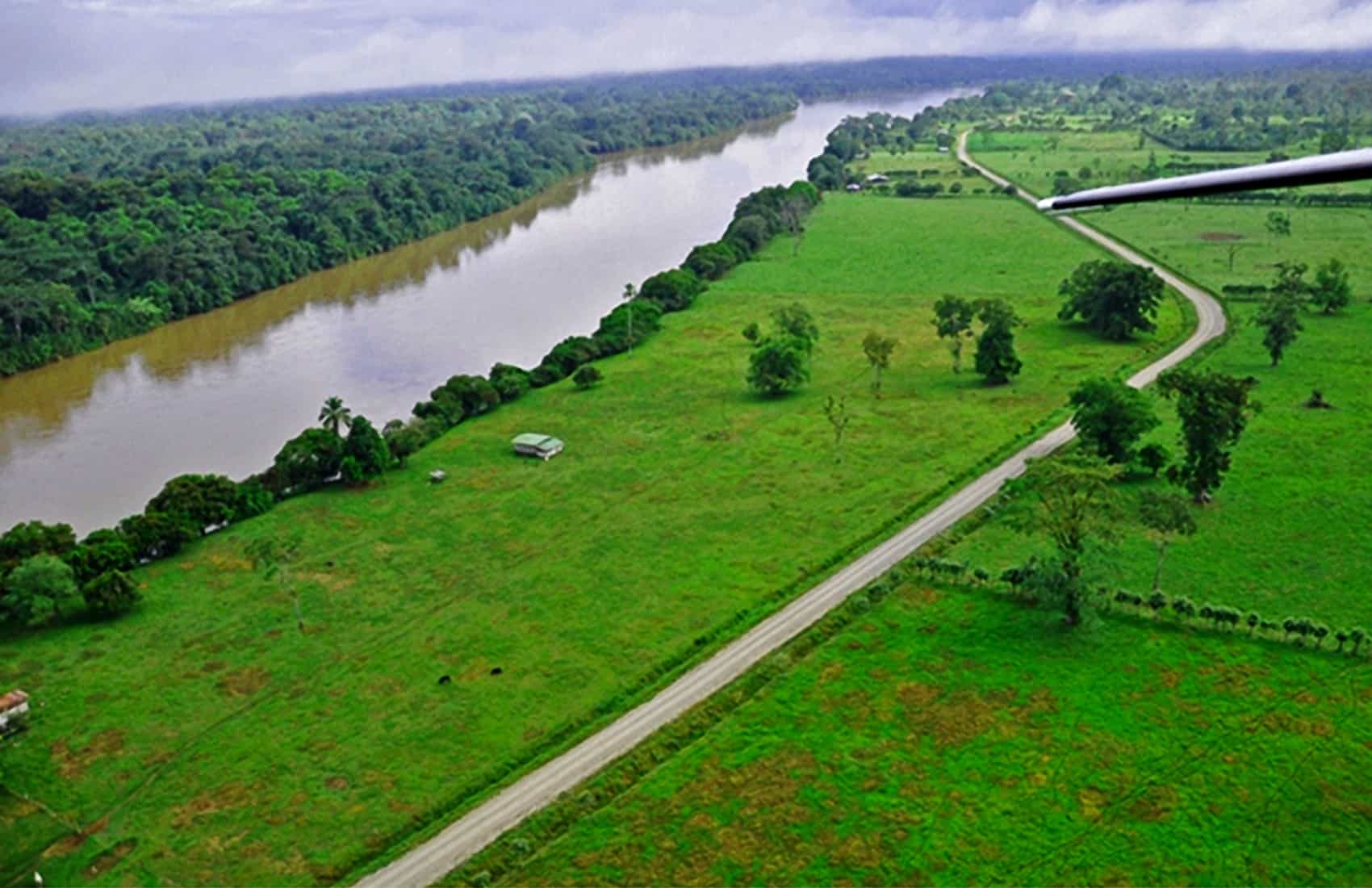Concerns over the environmental impact of the Río San Juan dredging project have been overshadowed lately as both Costa Rica and Nicaragua squabble over which side governs Isla Calero, a small island that is causing big problems. But Costa Rica brought the issue back into the limelight this week.
On Tuesday, the Costa Rican government filed a formal complaint against Nicaragua with the Organization of American States (OAS) for alleged environmental damage to protected wetlands near the Río San Juan, the river that serves as a border between the two countries.
On Wednesday, Costa Rican experts were still conducting studies to determine the extent of damages caused by Nicaragua’s actions. According to Costa Rica’s complaint, Nicaraguan soldiers cut down trees near the banks of the Río San Juan in order to form an artificial canal that would drain water from the river into the nearby Portilla Lagoon.
Costa Rica also claims that Nicaragua’s dredging activities have left large sediment deposits in surrounding wetlands, damaging wildlife habitats.
On Tuesday, René Castro, Costa Rica’s foreign minister – and former environment minister in the administration of José Maria Figueres – said no one had alerted Costa Rica to the construction of an artificial canal, which Costa Rica says would cut across its national territory. Castro characterized the work as “unplanned, unannounced and [an] illegal invasion.”
The Portilla Lagoon does not connect with the Atlantic Ocean or the Río San Juan, and because of its remoteness, in-depth studies have never been undertaken there. In a press conference on Tuesday, Castro noted that an environmental impact study issued by Nicaragua took into account only the removal of sediment from the Río San Juan and failed to address other potential damage.
Allan Astorga, a University of Costa Rica geologist, is currently studying the potential environmental impact such a canal would have on the lagoon and its surroundings.
One of the biggest concerns is sedimentation from the canal, Astorga said. The channel could potentially carry mud from the Río San Juan into the lagoon, posing a threat to fish habitats in a region that relies on fishing.
A canal could also bring Caribbean saltwater into the lagoon. Because the lake has a different salinity than the ocean, local species could be threatened, Astorga said.
On a larger scale, sediment from the canal could reach the Caribbean, where currents would carry the mud south toward Limón, a Costa Rican port town on the Caribbean coast. Sediment could reach beaches, affecting important sea turtle nesting areas. It could also damage coral reefs in the area.
“We are talking about a potential impact to the water, flora and fauna,” Astorga said. The report is expected to be made public on Friday.
Meanwhile, Costa Rica’s government recently requested an assessment from the Ramsar Convention on Wetlands to determine the severity of the damage. Ramsar included the area on its list of internationally important wetlands in 1996. But both Costa Rica and Nicaragua claim the area as their own.
For Astorga, the most important debate is how to prevent lasting damage to the area’s habitat. “If this canal is built, it will cause irreversible damage to the wetlands, and the wildlife will never be the same.”







